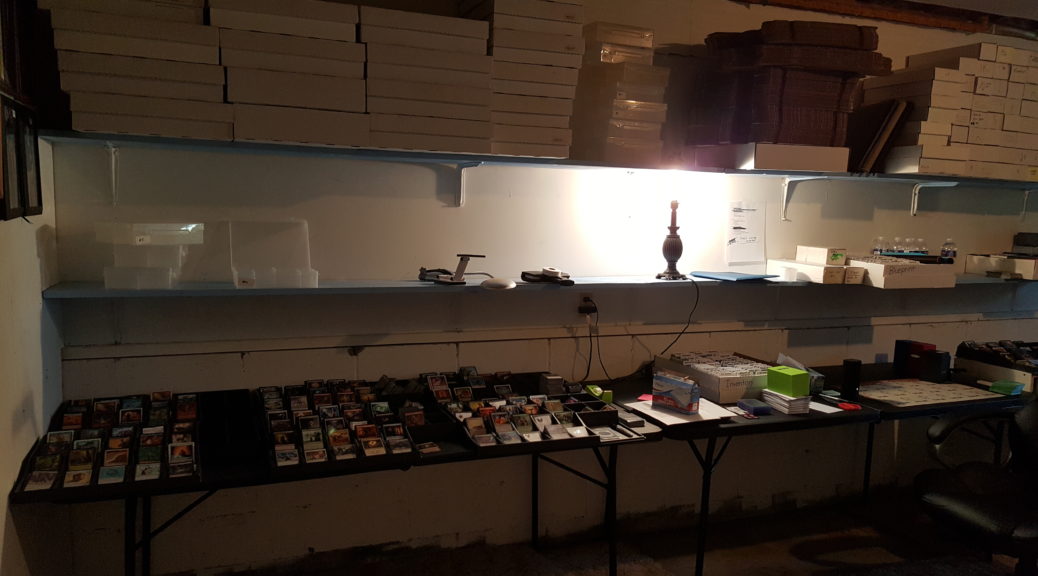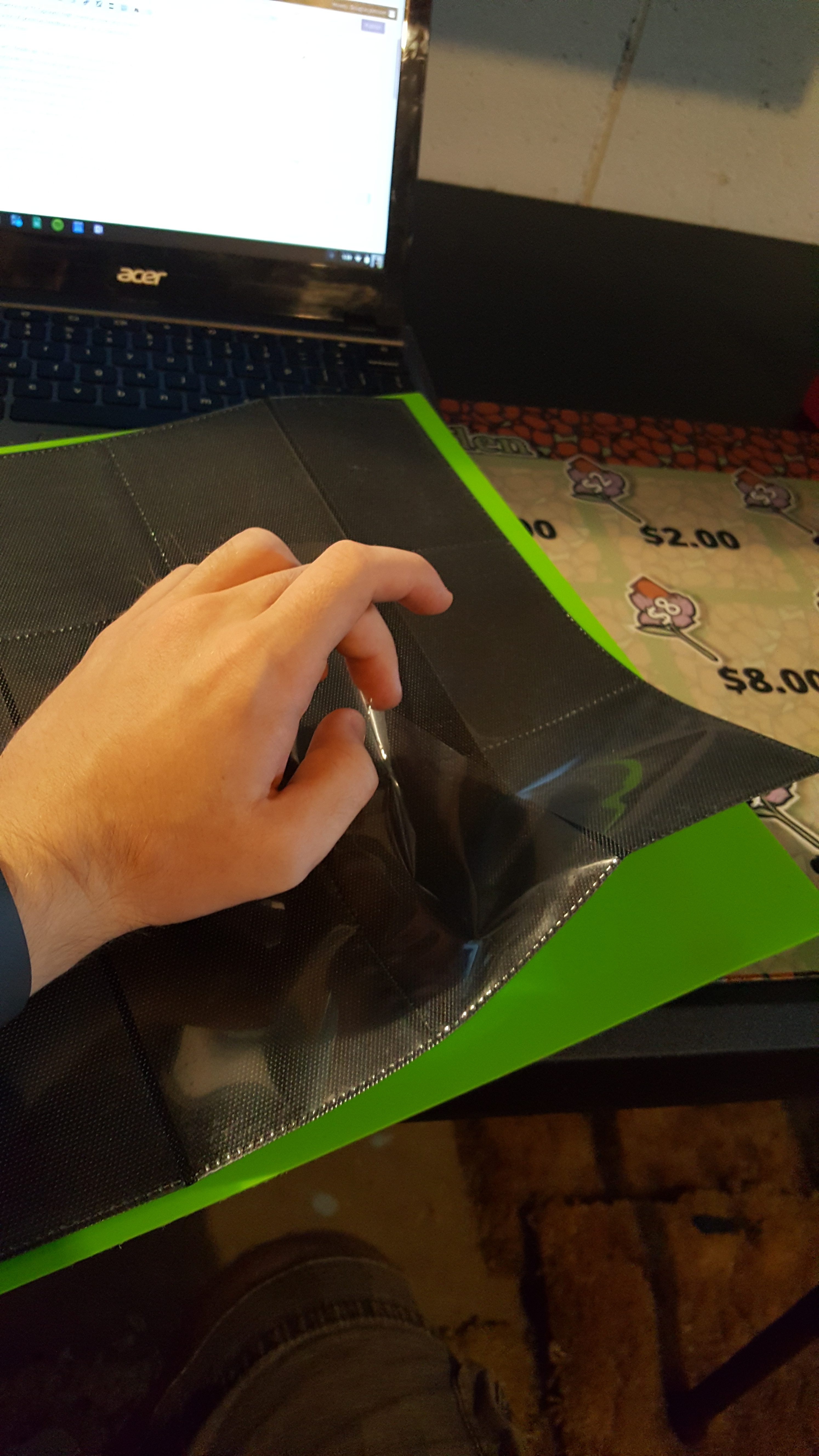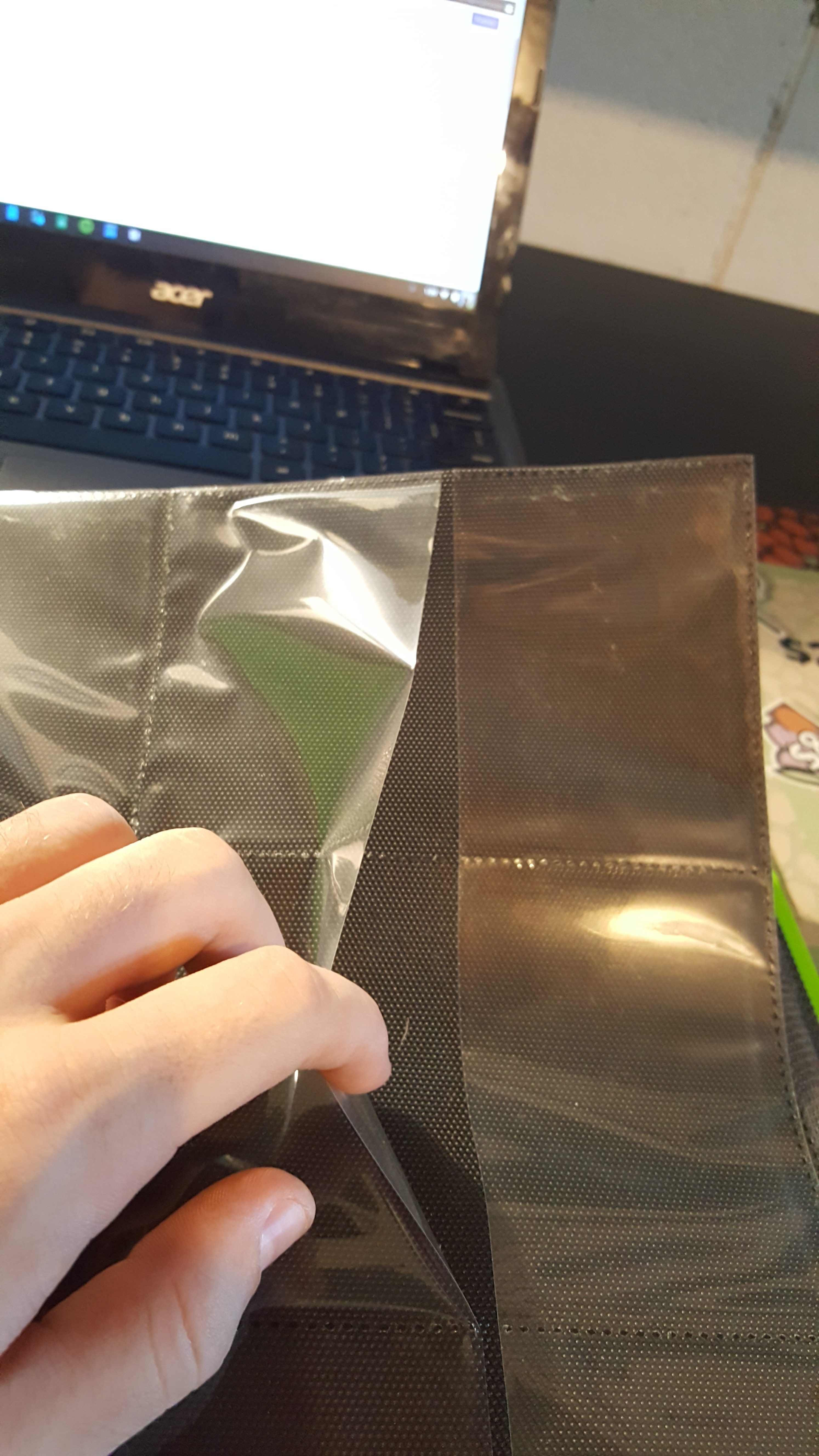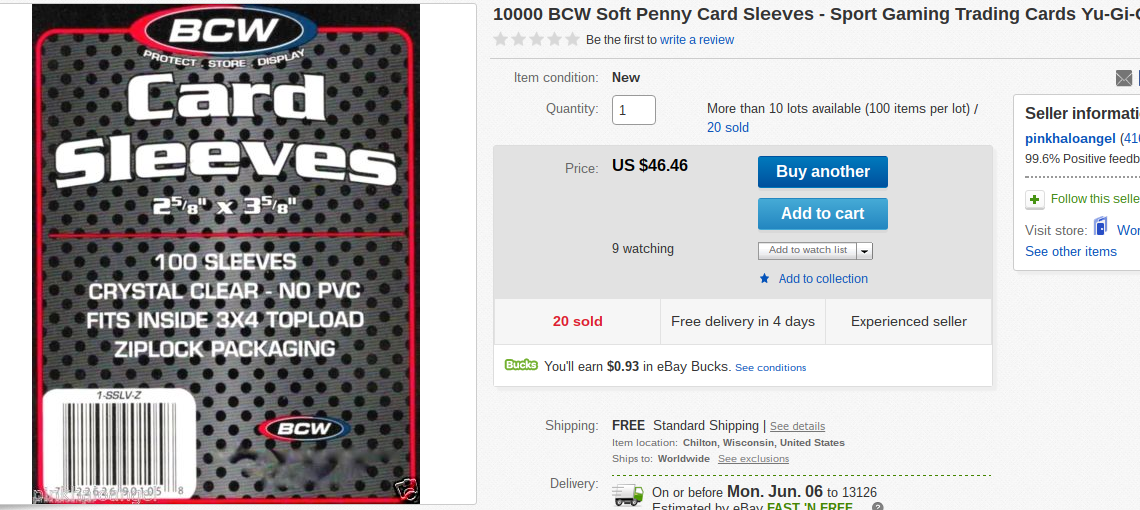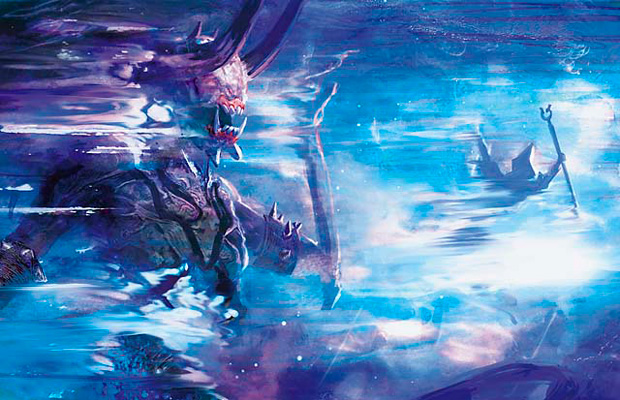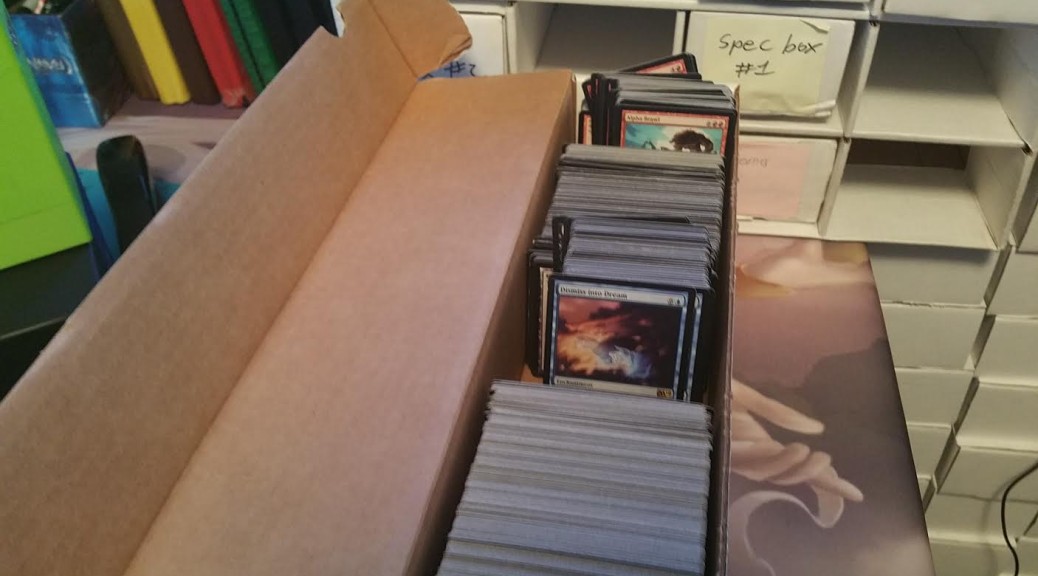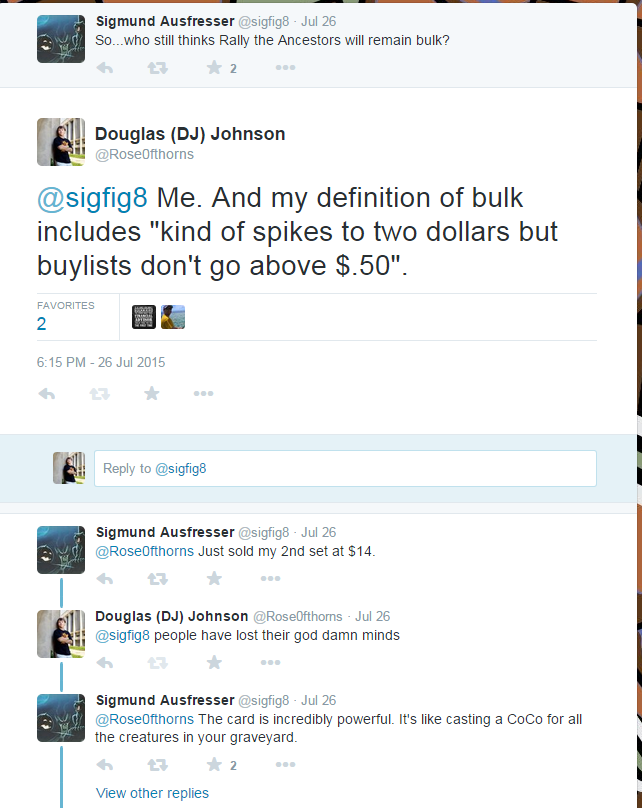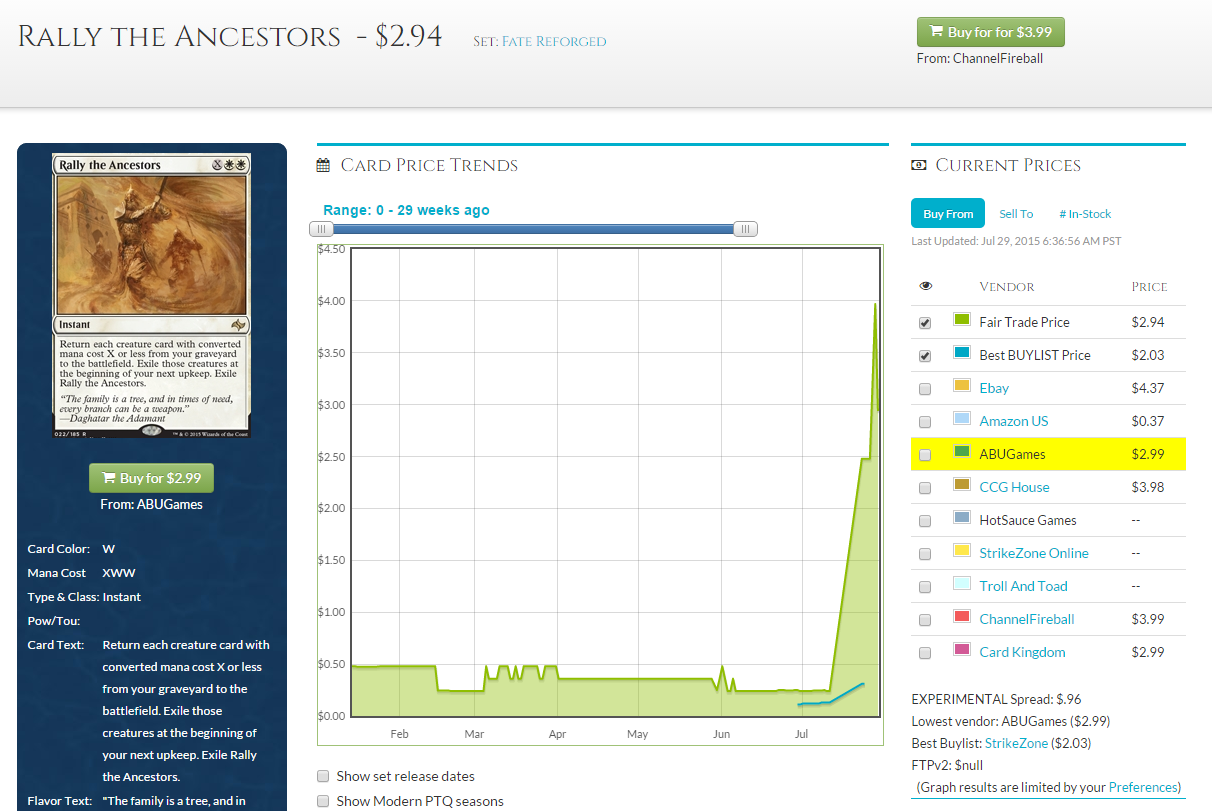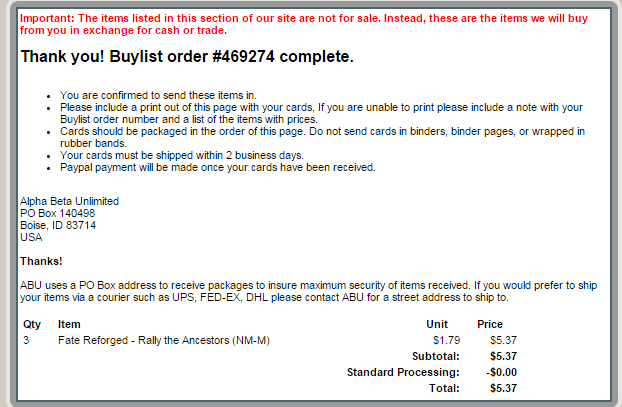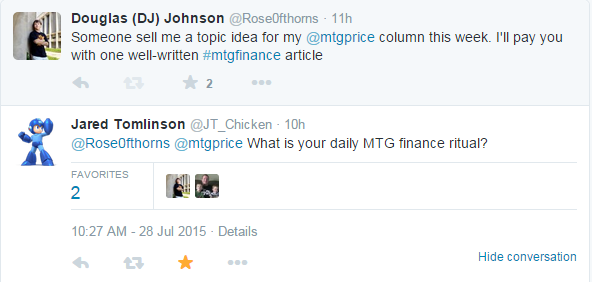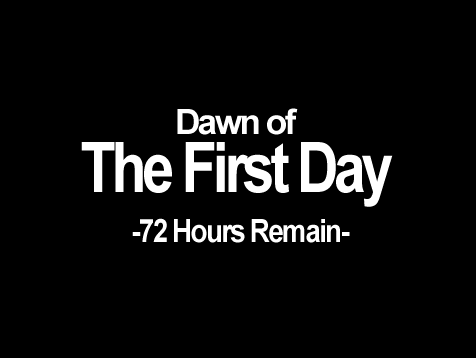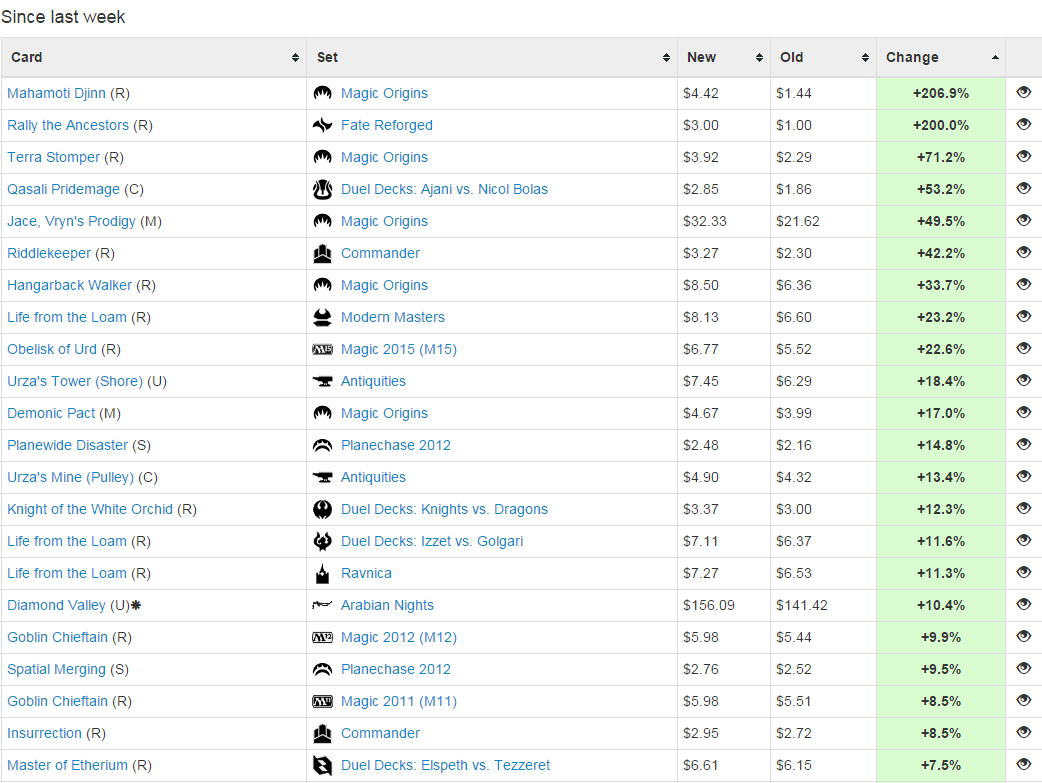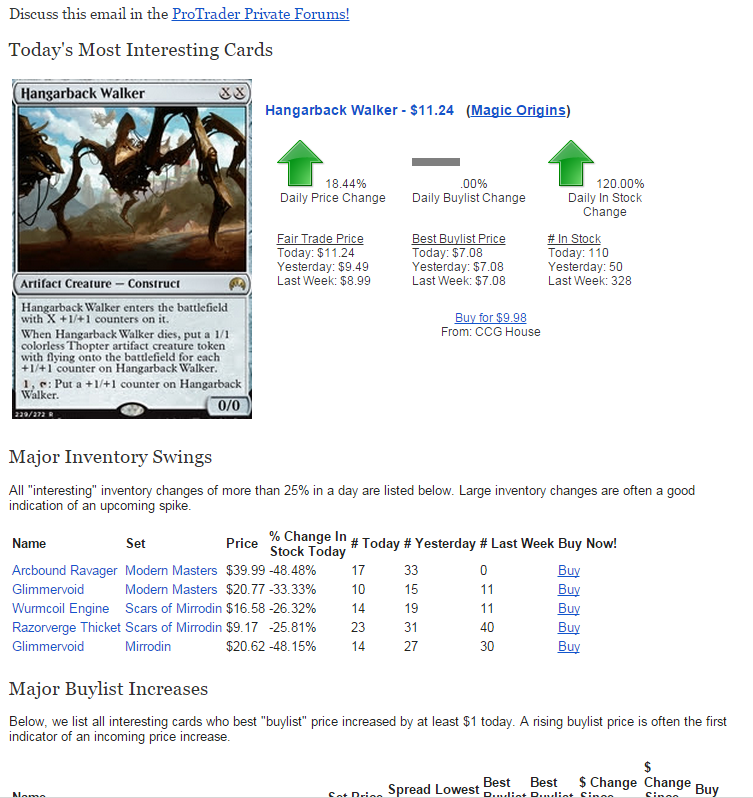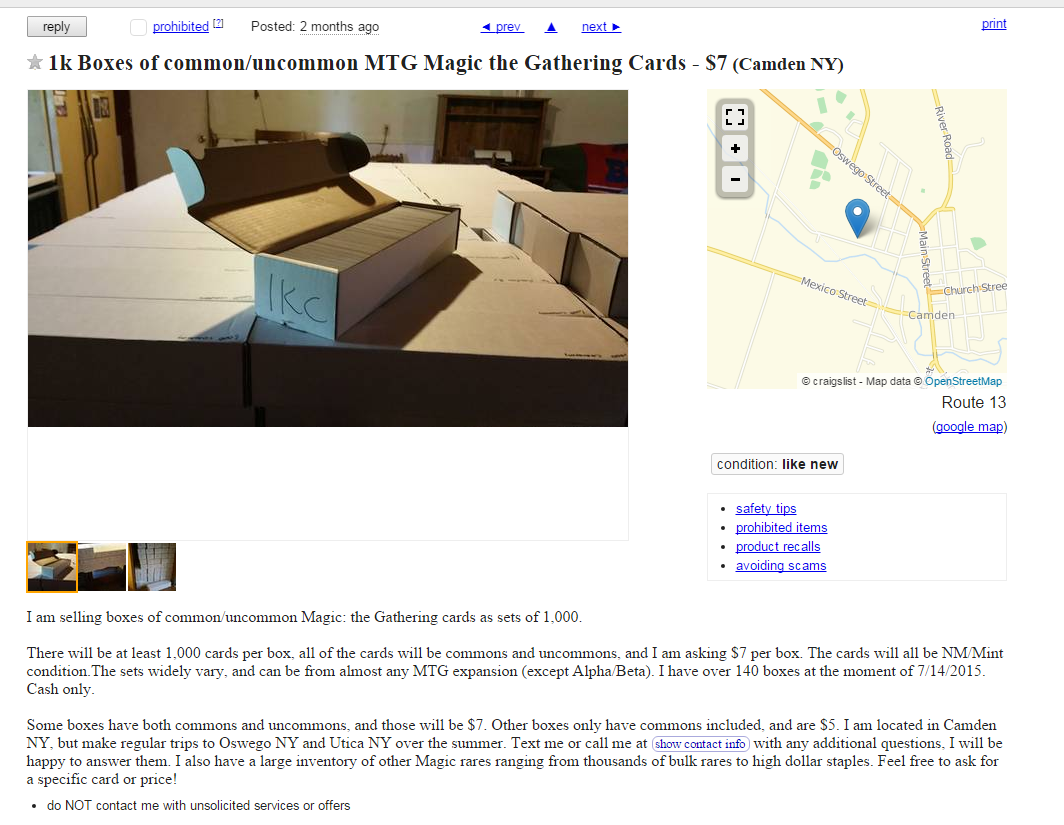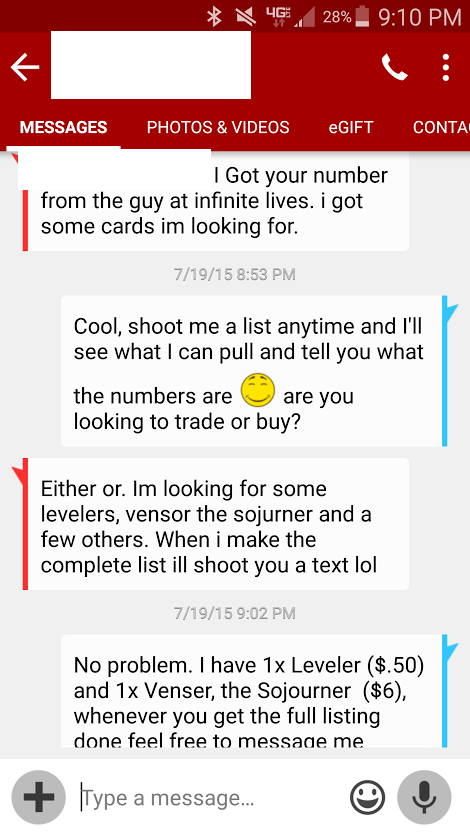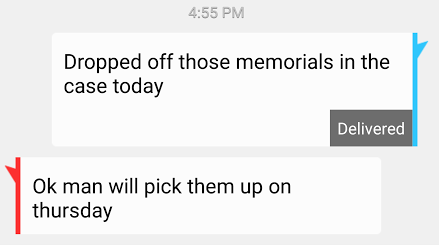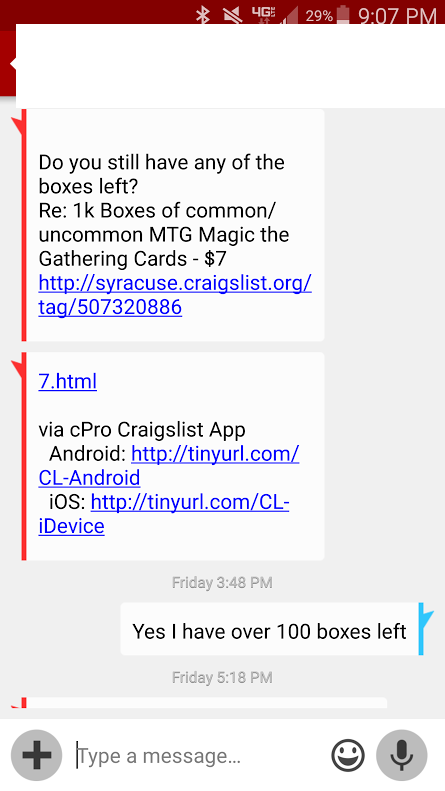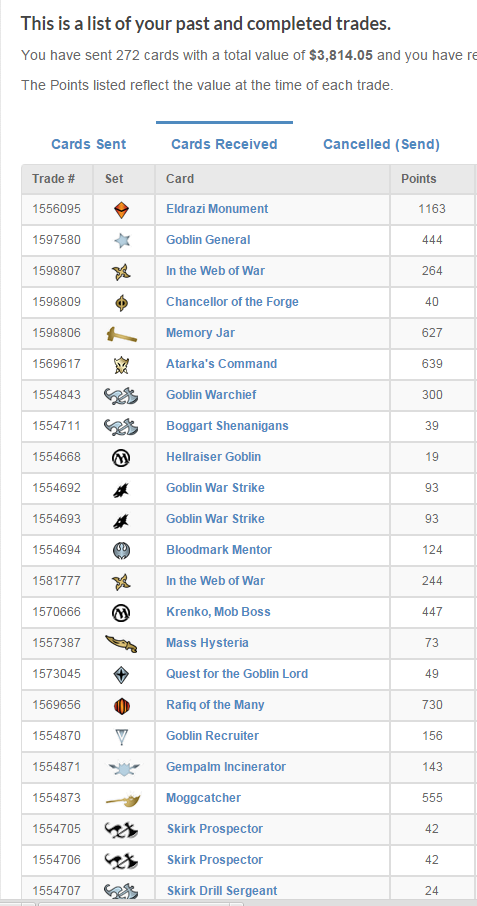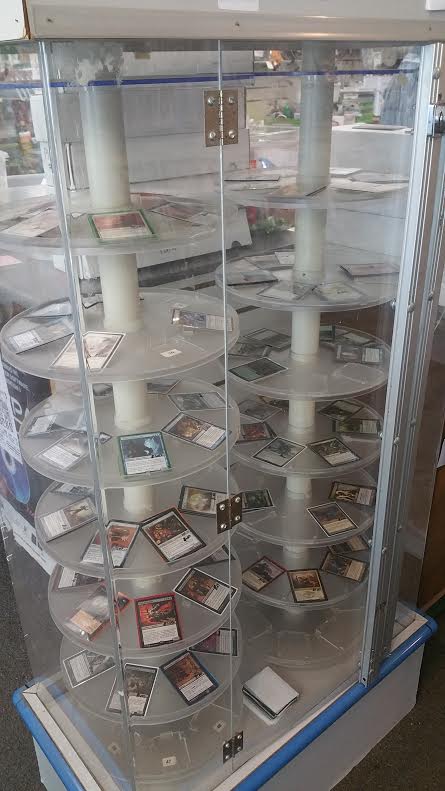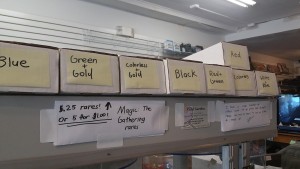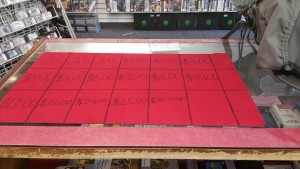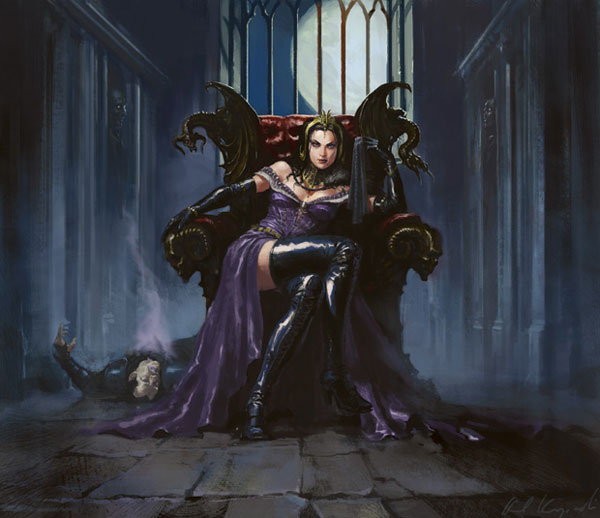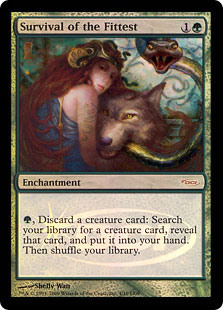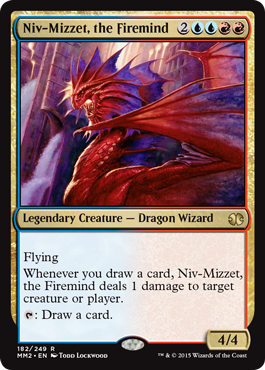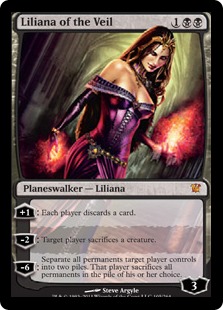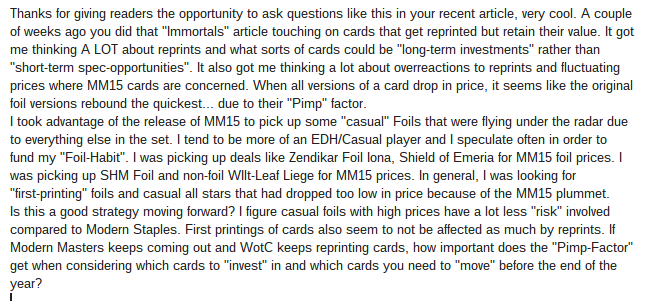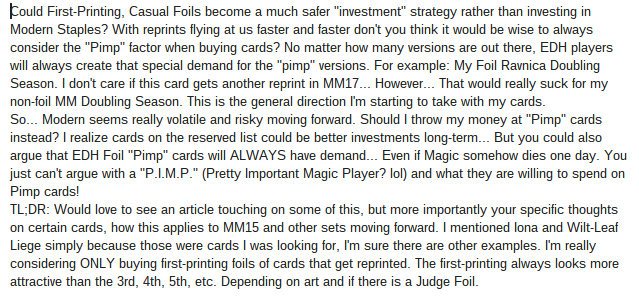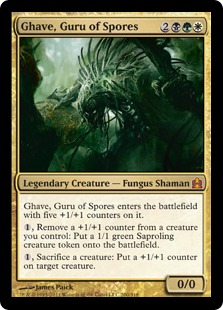Written By:
Douglas Johnson @Rose0fthorns
__________________________________________________
Welcome back, and welcome to last week’s article as well. It’s a little lengthy but I’m proud of it all the same; we went and examined the different pricing metrics of TCGplayer high, median, low, and market price. I’ve gotten a lot of positive feedback so far, so it’s definitely one you don’t want to miss.
As for this week, let’s finally get back to processing and organizing our collections and bulk stuff. Instead of getting outside and enjoying the sunshine on Memorial Day weekend, my friend Sean Love and I were hard at work in the basement where it was a solid 20 degrees cooler than the heat wave upstairs and outside. I had one more objective that I wanted to make into a reality before I started on the 400k bulk in my closet, so we got to work.
Bad Binders
Up until this point, I’ve had about nine trade binders that were between halfway and completely full at all times. They’re the Ultimate Guard “QuadRow Flexfolio”, which I would not wish upon my worst enemy. I wanted them to be able to hold playsets of cards in a single row, but the quality of the binder was shoddy and the glue holding the pages together would rip all the time even with the simple act of putting a card in or taking it out. I’m no Tolarian Community College Professor, but I would absolutely stay away from this brand of binder and look for something else that’s more structurally sound. I owned the binders for less than four months before they started to fall apart, and I feel like I threw away over a hundred dollars on them.
So where am I going with this segue? Well, I haven’t regularly traveled with binders in almost two years. I don’t have a local FNM that’s less than a thirty minute drive, I don’t have the time to be a Grand Prix backpack grinder, and it’s not exactly like I even “trade” very often anymore (unless you count people bringing me lots of bulk to get “DJ Dollars” in trade credit). A few weeks ago, I asked myself why I’m even still using a binder system to loosely organize my relevant cards. It was a pain to constantly look through the majority of a “Green” binder just to see exactly how many Vengevine I had, and I wanted something that would help me find X card from Y set in under Z seconds. I was already constructing a framework for doing something similar with my Blueprintable commons and uncommons…. why not do the same with my “higher end” cards ($4+) that were worth selling on TCGplayer?
This article is made for those few of you who might not trade anymore, or go to events at an LGS. I recommend continuing to read especially if you have a sizable collection that you want to manage without using binders, sell by piece, or just know where your cards are for deckbuilding. Several of the pieces of advice are extremely similar to other articles I’ve written, so we’ll get set sort and alphabetize everything out of the way early. Netflix helps. I finally got started on Jessica Jones.
Ta-Da! I mean, it obviously took a lot longer than it did for you to check out the picture; roughly about eight hours of Sean and I working to set sort and alphabetize. (A skill that he is much faster than I am at). You’ll also notice that those BCW dividers continue to come in handy, although I’ll have to trim them down by a few centimeters if I ever expect to put a lid on this box and apply any weight to the top of the lid.
Because the long term goal of this inventory box is to have everything listed on TCGplayer by the end of the week (you can see my printed-out and hastily scrawled-on to-do list in the background), we also had to grade every card in the box.
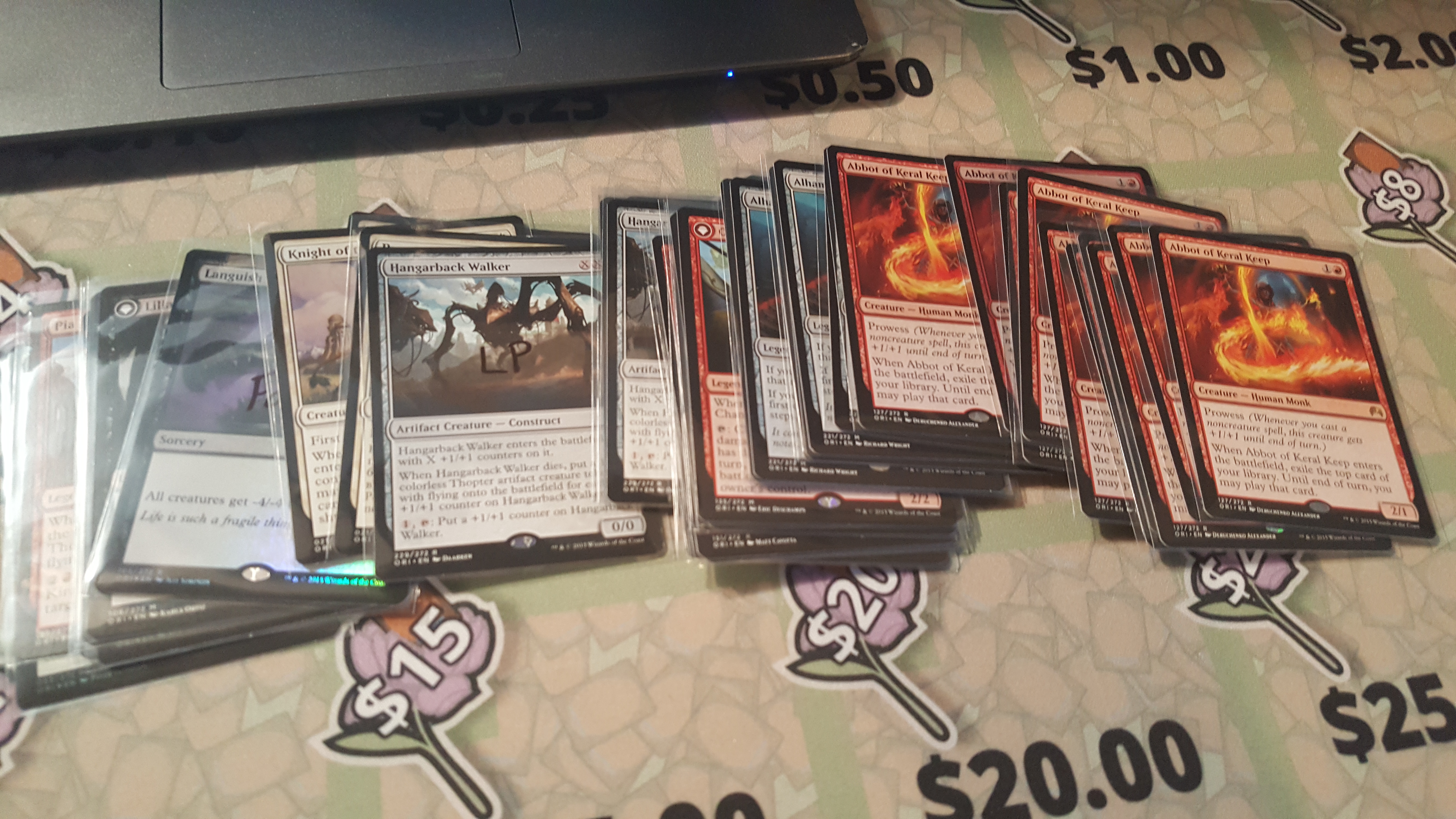
Some of you may remember that I sleeve everything over $2, regardless of what box it goes in. While I was using opaque sleeves for the cards in the binders up until this point (penny sleeves can be annoying to fit into binders without crinkling, at least for my personal preference), sorting my inventory into a 5K meant that I could penny sleeve everything to make it uniform. This also helped with grading the cards easier, being able to see the front and back at a glance. If you do find research, you should be able to find 10000 penny sleeves for around $45. Here’s some research.
Hopefully I’ll manage to list everything by the end of this week, and hopefully I’ll have enough time in the day to ship and pack all my orders. I had my TCGplayer store hidden for the past two or three months while I was working on school, graduation, GPNY and GPCharlotte, so I had forgotten what it was like to have to deal with this:
Now that that’s all settled, we can *finally* begin to work on set sorting this bulk that’s been accumulating in my closet. Phase one (which I’m not sure if I’ve mentioned in a previous article or not) is to make another series of those divider set tags so that each pile of set sorted bulk will be easy to find and alphabetize when the time comes. For now, I’ll conclude this brief article with a prelude of what your basement/living room/bedroom might look like once you get started on this project.
End Step:
Huh, there’s really not much to talk about here. Kind of a dry week, but that’s alright. I’m happy to see Realms Uncharted and Horn of Greed finally going off thanks to The Gitrog Monster, so I’ll be taking my copies out of the spec box and sorting them into my wonderful new inventory system, then putting them on TCGplayer. Until next week!
_____________________________________________________________________
ADVERTISEMENT: OzGuild makes organising your Magic card collection simple… Scan your cards into a digital catalogue using your smartphone, it’s fun, fast and easy. Scan in your first deck for free!
